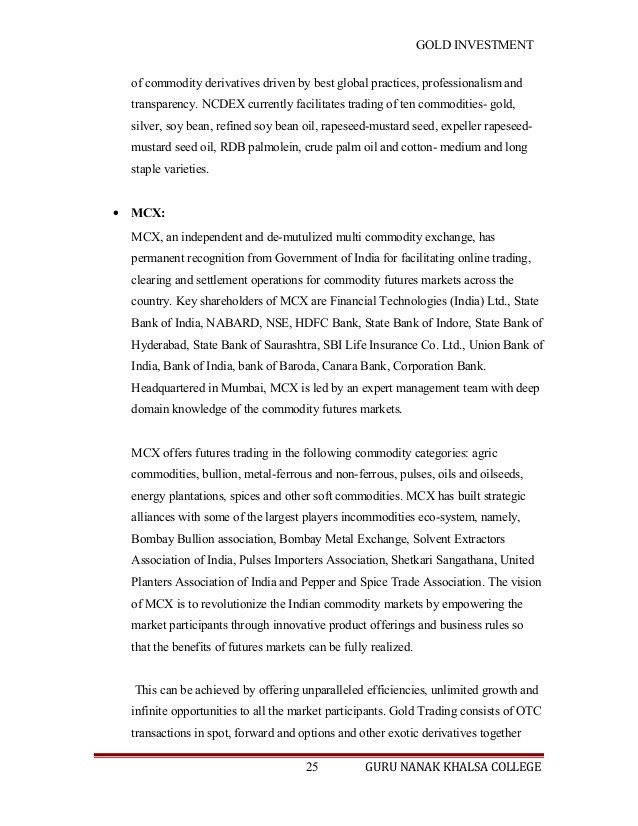Diamonds The Missing Commodity Derivative
Post on: 22 Апрель, 2015 No Comment

Diamonds: The Missing Commodity Derivative
Derivative markets exist for most major commodities, with diamonds standing out from the crowd as a shining exception, says James McWhinney, a professional writer specializing in financial services, in his article posted on www.investopedia.com. The derivative markets for oil, corn, soybeans and other staples of the global economy are well established, with robust trading in financial contracts that derive their value from the underlying asset. Notably, while a derivative’s value is based on an asset, ownership of a derivative doesn’t require ownership of the asset. Commodity producers often use derivatives to lock in the prices of the items they will bring to market or purchase from the market at some point in the future.
The Reality of the Marketplace
For many years, diamonds and iron ore were two major commodities that many groups had been trying to create exchange-traded instruments for. Those in favor of the creation of derivative markets tout the market as a way for commodity products to hedge risk by locking in prices. While this is a valid argument, the reality is that a large part of the derivatives markets are fueled by speculators. The derivative market is often larger than the market for the actual commodity. This is because speculators dont want to take physical delivery of the commodity, they want to trade contracts and make money.
Iron Ore Joins the Crowd
Iron ore provides an interesting example of how a derivative market can be established. For approximately 40 years, iron ore producers had long-term contracts with the customers in the steel industry. In 2008, two large banks launched iron ore swaps. This created a short-term market based on securities linked to the current price of iron ore. Speculators began trading in the hope of making a profit. Other banks soon entered the market and the market grew.
Why Not Diamonds?
The diamond market was largely a monopoly controlled by the De Beers Family of Companies from the mid 1800s through 2000. De Beers regulated the flow of diamonds to control prices. They were marketing and selling what many industry pundits view as a consumer product as opposed to a commodity.
No Standards
While the monopoly has ended, the reality remains that diamonds are primarily sold as jewelry. Unlike all other commodities, they have little value from an industrial application perspective. They also lack standardization or a benchmark.
For example, oil is sold by the barrel. Gold is sold by the ingot. These items have standard sizes and are homogeneous in nature, making is easy to compare one to another. Diamonds, on the other hand, are unique. Each diamond is different than the next one, making them difficult to value. At present, there is no spot price for diamonds, which means that would-be investors have no way to gauge the price, as prices vary from vendor to vendor.
Overcoming Hurdles

Those in favor of its creation envision trading baskets of polished stones (finished diamonds as opposed to uncut, rough diamonds) in set weights and qualities. Since most speculators in the derivatives market never actually take delivery of a physical commodity, this arrangement may be suitable, although delivering the appropriate diamonds may be a challenge should an investors wish to receive them. While this could be addressed by cash payments or rebates designed to make the buyer whole should the delivery not match what was promised, it would result in an unhappy buyer if the buyer had a specific reason for needing the exact diamonds set forth in the contract.
Past Attempts
Efforts to create a derivatives market for diamonds have been underway for decades. According to the Diamond Registry, 194 diamond contracts traded in 1972 on the West Coast Commodities Exchange. The effort failed after two weeks. In 2007, an effort was made to create a diamond index in order to have set pricing. It did not take hold in the marketplace.
Looking to the Future
As of 2009, interest in creating a derivatives market for diamonds is being pushed by several major banks. While diamond producers are unlikely to support the effort, eventually a market will be created because diamond producers and buyers would want to hedge risk and speculators want to make profits. Companies in India and China may be supporters of the effort, as the demand for jewelry in these two countries exceeds the demand of most nations. Middle-Eastern countries are also possible buyers. Initial efforts are apt to focus on derivative contracts that do not result in physical delivery.
In the meantime, investors can gain limited access to the market via investments in publicly traded mining companies that have diamond mines. Investing in the publicly traded stock of jewelry purveyors also provides some exposure. Other than that, it is just a waiting game.














